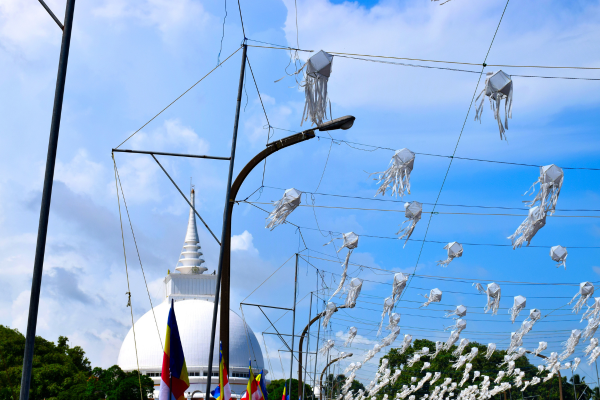Significance of Wesak – thrice-blessed day – By Arundathie Abeysinghe
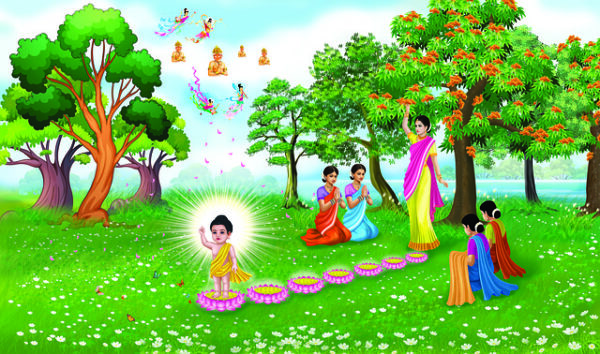
 Wesak (also spelt Vesak) marks the Birth, the *Enlightenment and passing away of the Buddha. All these three significant events took place on a Full Moon *Poya Day in May. According to *Theravada tradition, the three most significant events in the life of the Buddha occurred on Wesak full moon Poya Day; birth of Prince Siddhartha Gautama (the Buddha as a layman) in Lumbini in Nepal where Queen Mahamaya gave birth to him under the shelter of a Sal Tree (Shorea robusta) around 566 BCE. The second significant event was Siddhartha Gautama’s Enlightenment (supreme attainment as the Buddha). The third significant event was the Buddha’s Parinibbana (or *parinirvana) approximately 2500 years ago at *Kusinara.
Wesak (also spelt Vesak) marks the Birth, the *Enlightenment and passing away of the Buddha. All these three significant events took place on a Full Moon *Poya Day in May. According to *Theravada tradition, the three most significant events in the life of the Buddha occurred on Wesak full moon Poya Day; birth of Prince Siddhartha Gautama (the Buddha as a layman) in Lumbini in Nepal where Queen Mahamaya gave birth to him under the shelter of a Sal Tree (Shorea robusta) around 566 BCE. The second significant event was Siddhartha Gautama’s Enlightenment (supreme attainment as the Buddha). The third significant event was the Buddha’s Parinibbana (or *parinirvana) approximately 2500 years ago at *Kusinara.
Buddha means the enlightened or awakened one. Buddhists do not believe in a single god who created the world.
Wesak Day is celebrated by Buddhists, globally. Apart from Sri Lanka, many Asian countries including Thailand, India, Japan and Taiwan celebrate Wesak. In Sri Lanka, many religious activities are organized on Wesak Day such as Sil campaigns (one of the three sections of the Nobel Eight-Fold Path and the code of conduct that embraces a commitment to harmony and self-restraint), Bodhi poojas (veneration of *Bodhi tree), Dansalas (a place of donation), Wesak Bakthi Gee (devotional songs), illuminating lanterns and lighting clay oil lamps.
On Wesak Poya Day, temples are full of devotees and Buddhists; they offer flowers and worship, light clay oil lamps and burn incense. These traditional observances, in essence, have their value in fulfilling the religious and emotional needs of Buddhists. Majority of Buddhists dress in white clothes and go to the temple to participate in traditional ceremonies. Some devotees spend the entire day (on Wesak Poya Day) in temple and reaffirm their determination to follow the teachings of the Buddha. Many Buddhists also take part in chanting and meditation, reflecting on Buddhist teachings.
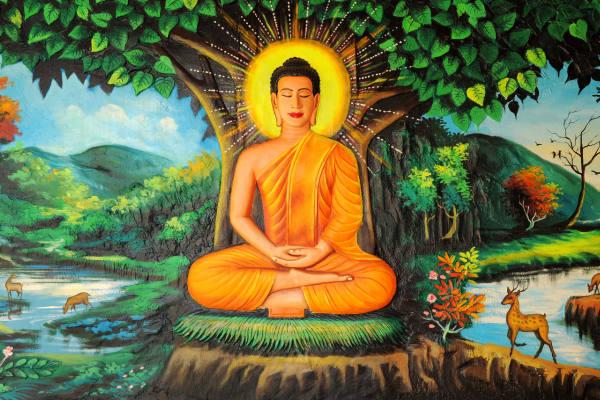
On Wesak Day, the most significant event is the Dana (alms giving), a sign of sharing. Buddhists also illuminate their houses lighting colorful Wesak lanterns made in different shapes and colors and lighting clay oil lamps as homage to the Buddha who delivered the message of *Dhamma.
There are also Thoran (Wesak Pandals) that are erected at strategic locations island wide, sponsored by donors, religious organizations and welfare groups for devotees to admire creations by painters and recall the life story of the Buddha. Each pandal illustrates a story from *Jathaka Katha.
Siddhartha Gautama is believed to have been a prince born into a wealthy royal family in Nepal in the 5th Century BC. According to Buddhist philosophy, Prince Siddhartha Gautama has realized that wealth and luxury did not guarantee happiness. Hence, he travelled as a homeless person to learn more about the world and saw the suffering in the world. Hence, majority of Buddhists observe ‘Ata Sil’ (Eight Precepts) on Wesak Poya days instead of ‘Pan Sil’ (Five Precepts usually observed every day). His goal was to find the path for all living beings to move away from sorrow and find eternal solace with no future births.
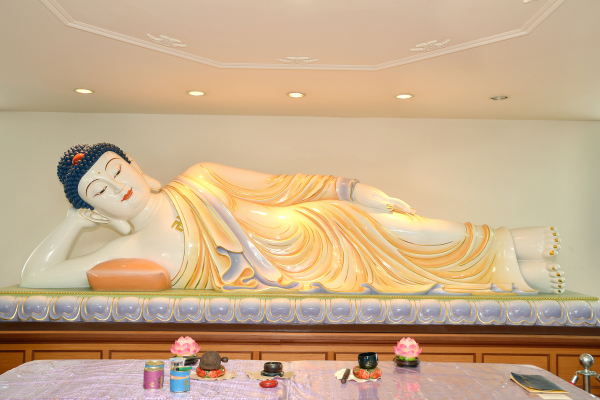
- Bo Tree – Also known as Bodhi Tree is a specific sacred fig tree (Ficus religiosa) under which the Buddha had attained *Enlightenment at Bodh Gaya in Bihar, India.
- Dhamma (Dharma in Sanskrit) – In Buddhism, (expressed by the teachings of the Buddha) Dhamma is uncovered gradually through sustained practice. In Buddhist philosophy, dhamma is also the term for “phenomena.” The Buddha made clear on several occasions that “Awakening” culminates a long journey of many stages.
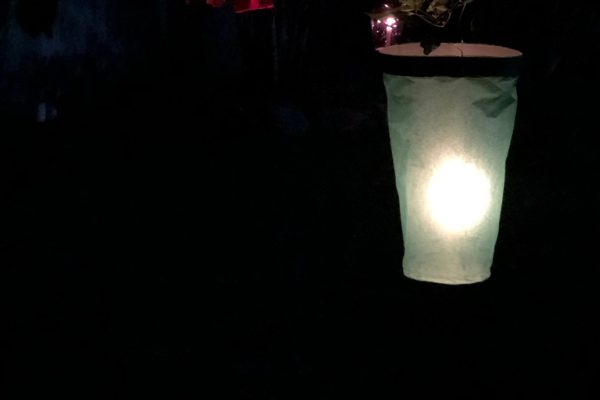
- Enlightenment – In Buddhism, Enlightenment is when a Buddhist finds the truth about life and stops being reborn as he/she has reached *Nirvana.
- Jathaka Katha (Jathaka tales) – A voluminous body of literature (550 past life stories of the Buddha) native to India based on the previous births of the Buddha. According to scholar Peter Skilling, this genre is “one of the oldest classes of Buddhist literature. Jataka tales illustrate the many lives, acts and spiritual practices that are required during the long path to Buddhahood (a title is commonly utilized for Gautama Buddha, the founder of Buddhism, often simply known as “the Buddha”.
- Kusinara – Located 53 kilometers east of Gorakhpur, Kushinagar is a significant and popular Buddhist pilgrimage site, where Buddhists believe the Buddha attained parinirvana.
- Nirvana – It refers to a release from the cycle of death and rebirth, the ultimate spiritual goal of Buddhism.
- Parinirvana – Commonly utilized to refer to nirvana-after-death, that occurs upon the death of one who has attained *nirvana during his/her lifetime. Parinirvana implies a release from Saṃsāra (Pali/Sanskrit word that means “world”, the concept of rebirth and cyclicality of all life, karma and rebirth.
- Poya Day – Poya is the name given to the Buddhist Full Moon Holiday known as “Uposatha” (Buddhist day of religious observance which was in existence from the Buddha’s period to date). There are 13 -14 Poya Days including Adhi (extra in Sinhala) Poya Day per annum. Adhi Poya Day is the second Poya Day of a month as in Adhi In Sri Lanka Poya Day is declared as a Public, Bank and Mercantile Holiday.
- Theravada Buddhism – This is a more conservative form of Buddhism (the other form is Mahayana Buddhism) which developed from Hinayana Buddhism (Sanskrit term literally meaning “small vehicle”). Hinayana is the name given by followers of Mahayana Buddhism to the more conservative school of early Buddhism. Theravada Buddhism is practiced in Sri Lanka, Myanmar (former Burma), Thailand, Cambodia and Laos.
